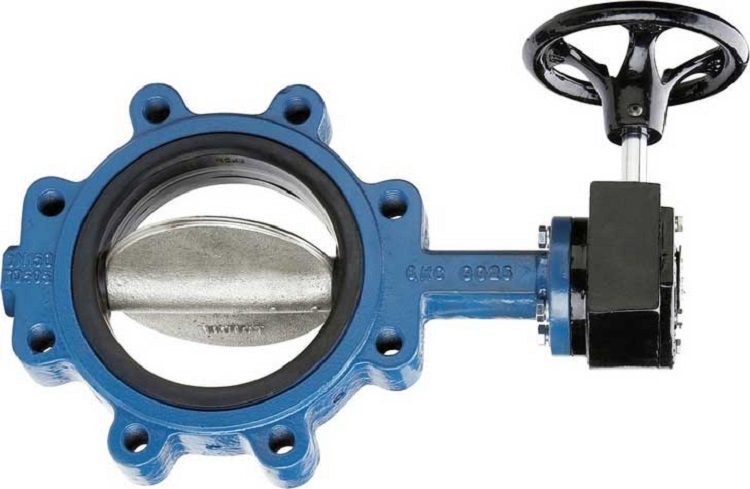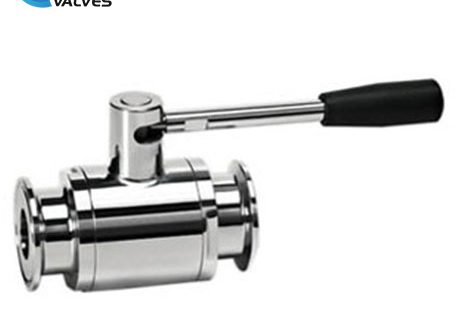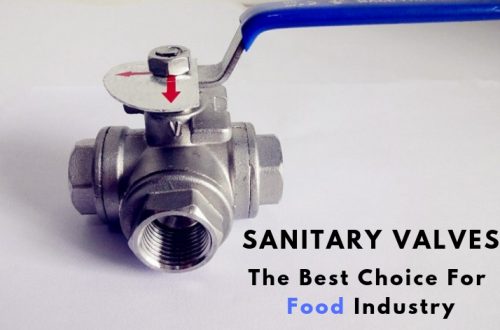Over the years, butterfly valves have become increasingly popular due to the thin profile between their flanges. The butterfly valve weighs less than other valves and has a smaller footprint and lower initial cost.
A butterfly valve is a flow regulating disc valve in which the obturator rotates about an axis that is at right angles to the direction of flow. In other words, the butterfly valve consists of a disc in which a rod is constructed by an intermediate or additional offset.
When opened, the valve flaps 90 degrees in the valve bore, in line with the direction of fluid flow, and the fluid passes smoothly; the butterfly valve operates like a ball valve when rotated at 90 degrees and can be quickly closed and fluid is prohibited from passing.

According to the direction of the stem to the disc and the seating angle at which the disc is closed, the butterfly valves can be classified into the following types.
Concentric seat butterfly valve
The most basic type of butterfly valve is commonly referred to as a concentric or resilient seat butterfly valve. The valve stem of this type of valve is located in the middle of the valve disc, which is located in the center of the tube hole. The valve typically has a rubber (or resilient) seat and relies on a disc that has a high level of contact with the seat to achieve a seal.
DEMCO butterfly valve
DEMCO butterfly valves are durable, flexible seat valves that feature an integral body which is lighter and stronger. The unique stem hole design on the disc ensures a dry stem journal. The hard seat makes installation easier and more reliable. From practical applications and user feedback, DEMCO butterfly valves is an excellent choice for industrial and commercial applications.
Single-offset butterfly valve
In a single-offset butterfly valve, the valve stem is located behind the disc. A single-offset of the rod causes the disc to contact the seat with a travel distance of three to four degrees so that reducing seat contact helps the valve to last longer. However, due to the development of double-offset valves and other valves, there are few single-offset butterfly valves on the market today.
Double-offset butterfly valve
The double-offset butterfly valve has a disc with two offsets. Similar to the single-offset design, the stem is located behind the disc. Double-offset butterfly valves are used in systems that require higher pressure resistance. The disc is located at the center of the tube bore and is configured to increase sealing and reduce valve wear.
Triple-offset butterfly valve
The last type of butterfly valve is a triple-offset butterfly valve. This type of butterfly valve is suitable for difficult services that require reliable performance under harsh conditions. Similar to the double-offset valve, the stem of the triple eccentric butterfly valve is located behind the disc and offset to one side (double-offset). The triple-offset butterfly valve has better sealing performance and a longer service life.
Please visit http://www.adamantvalves.com/ for more information.





